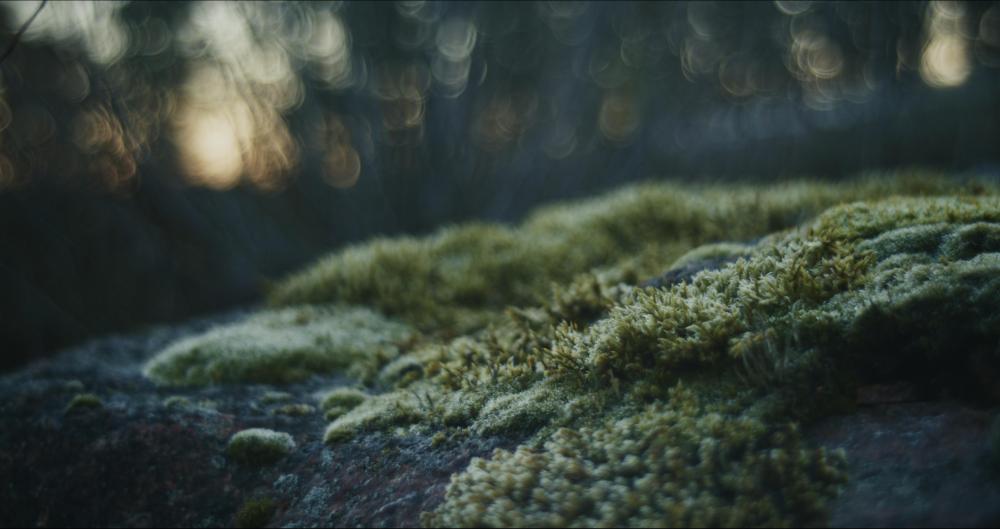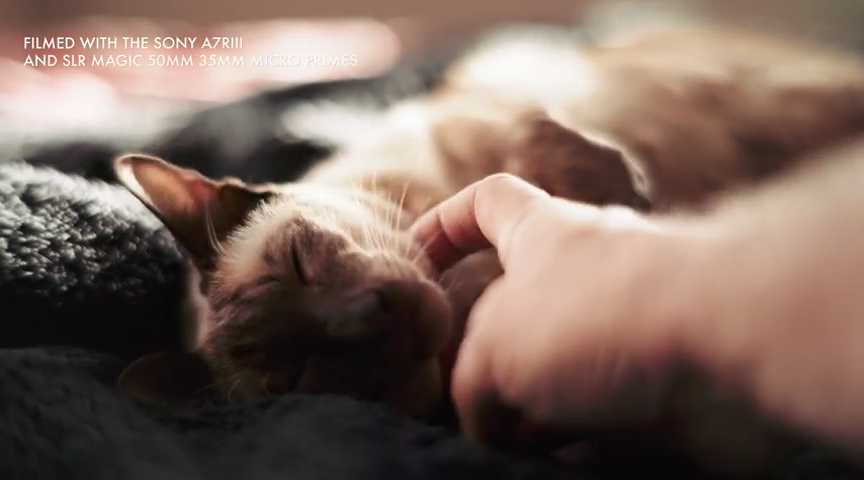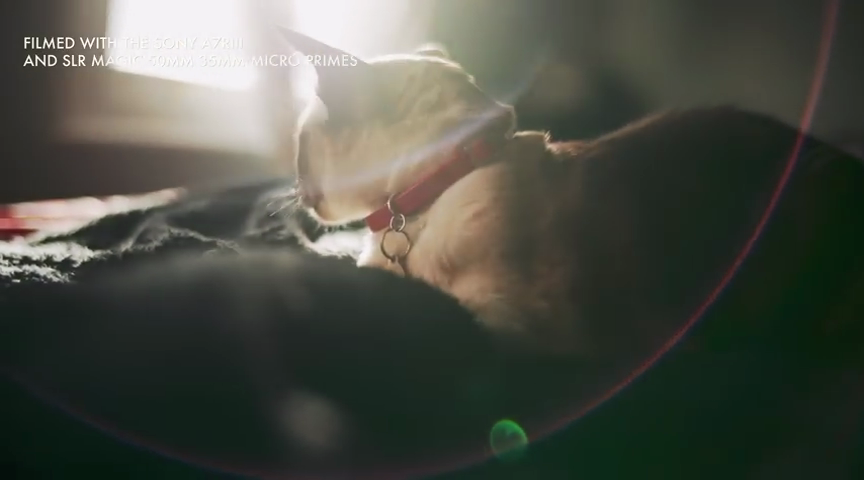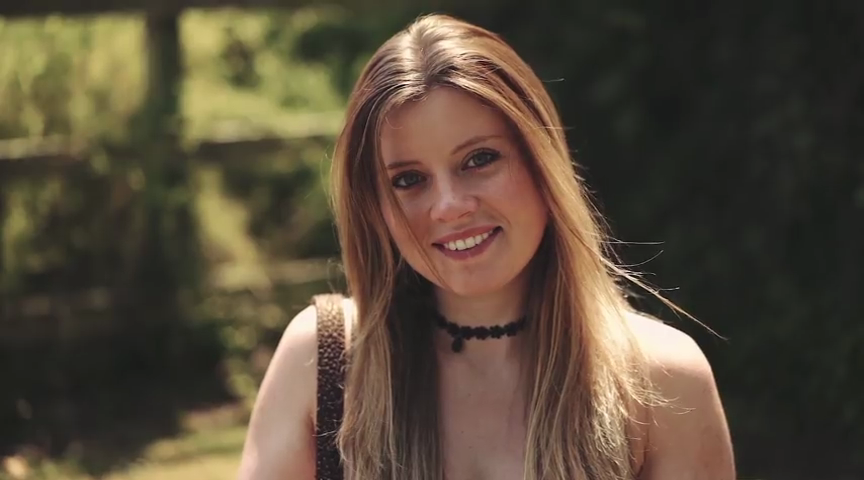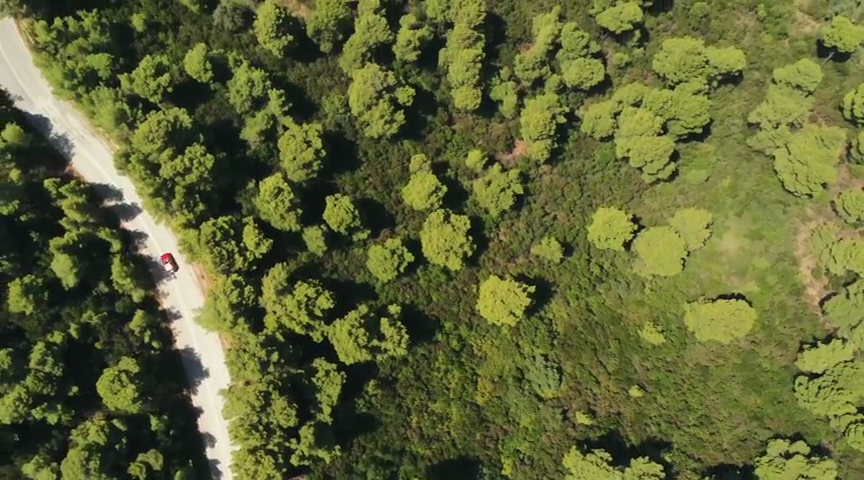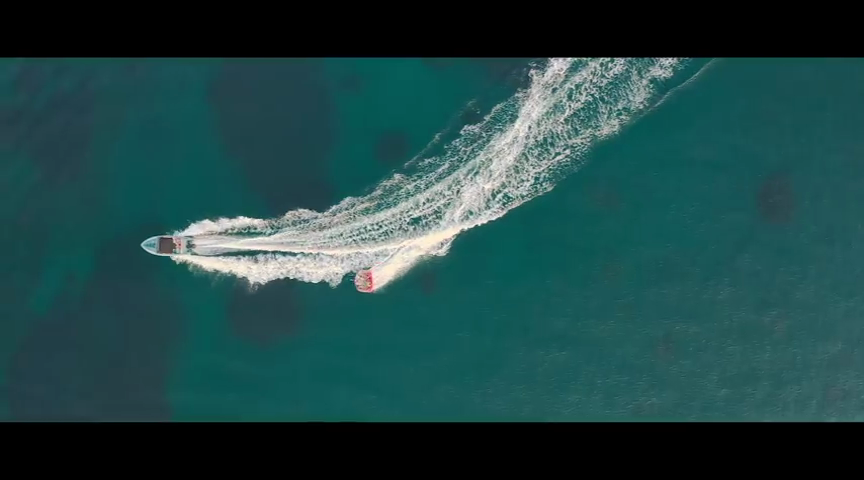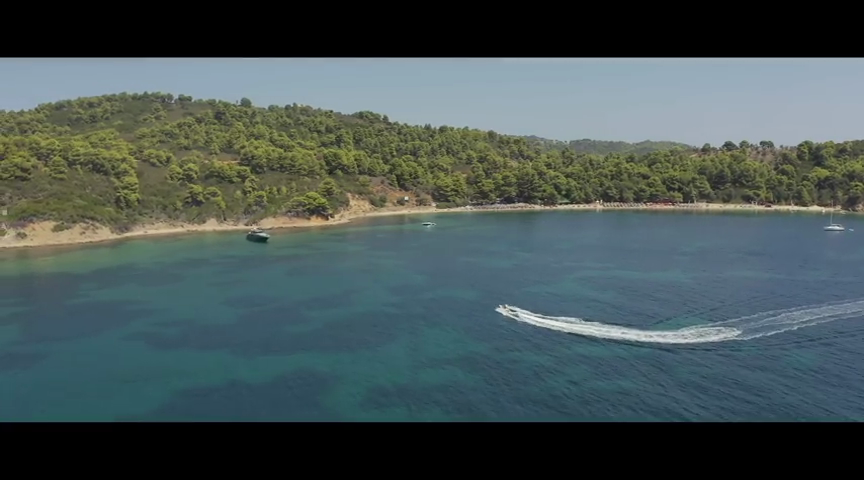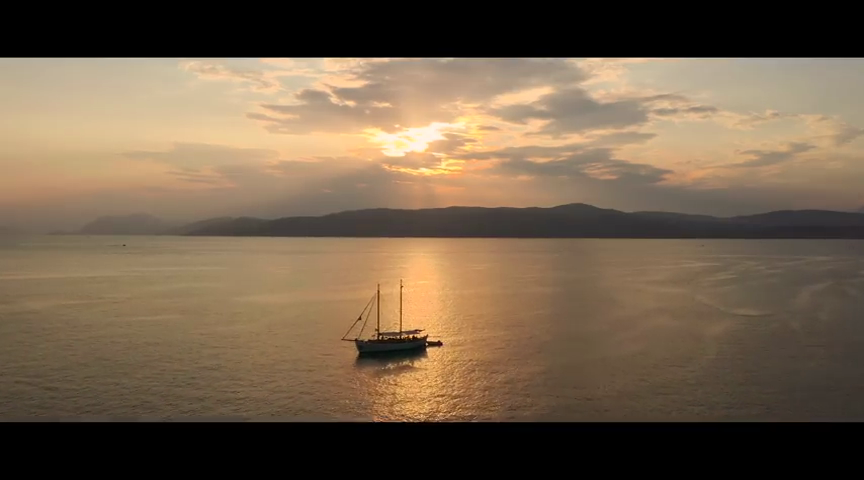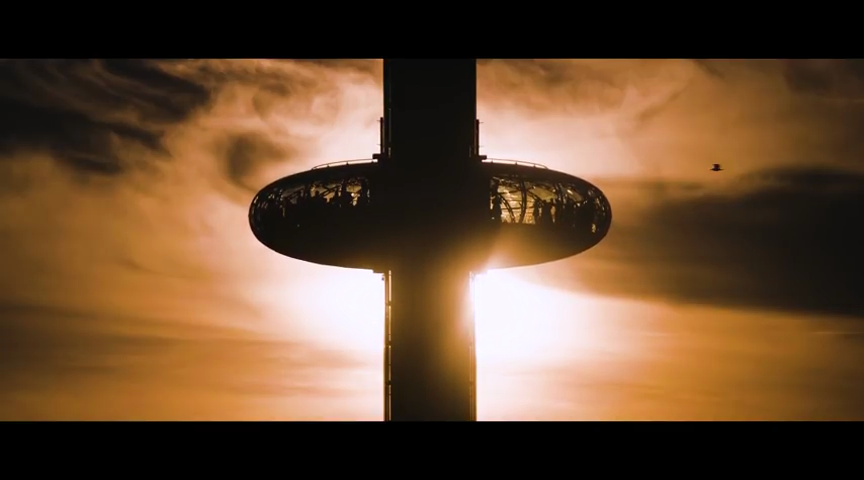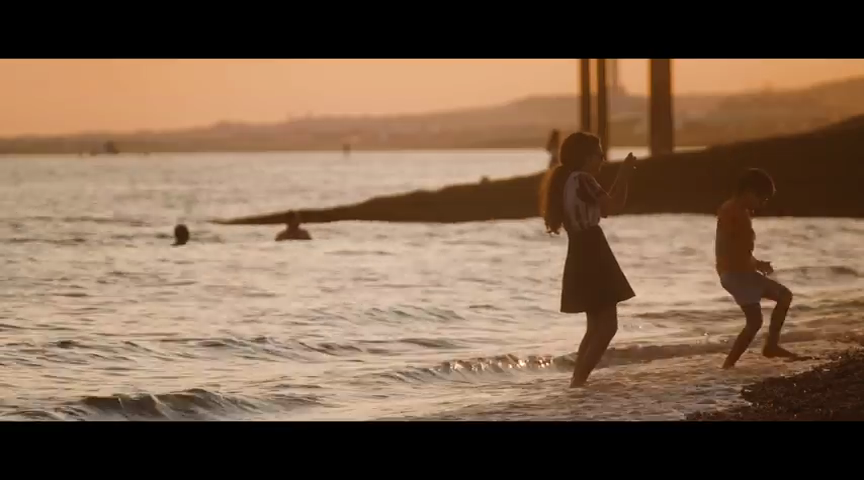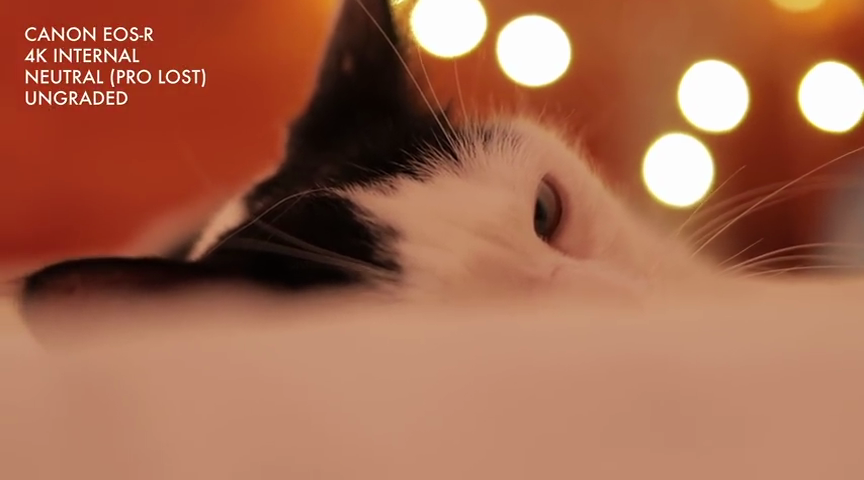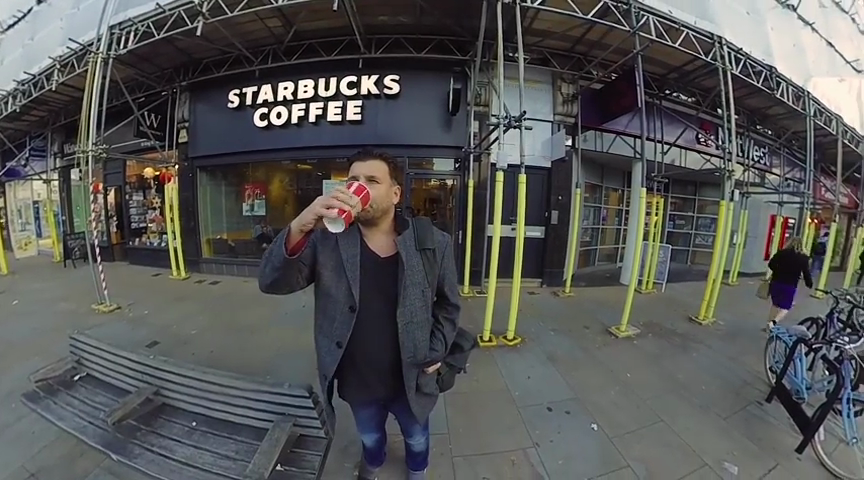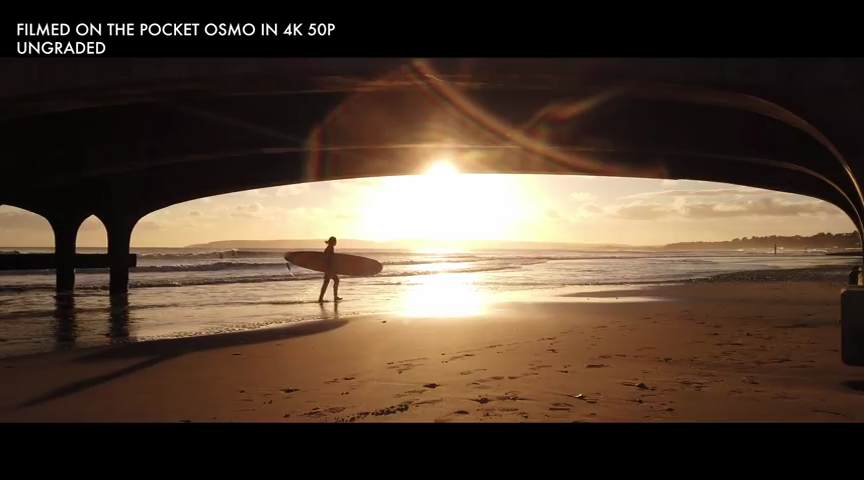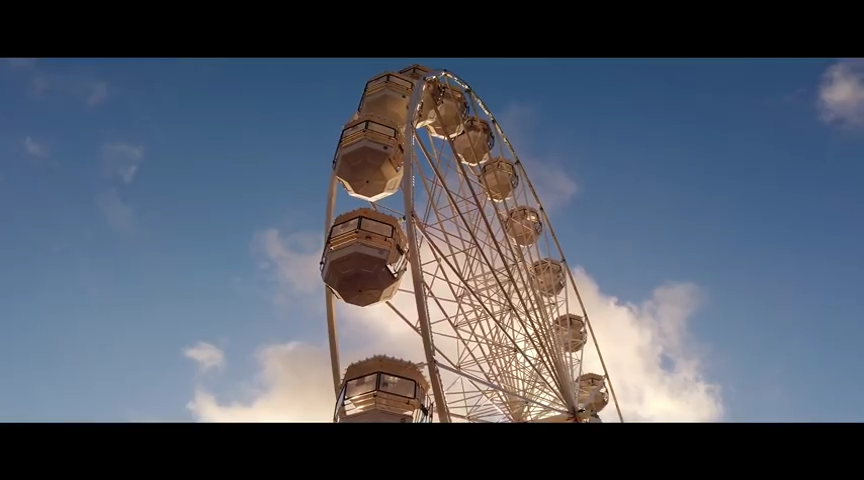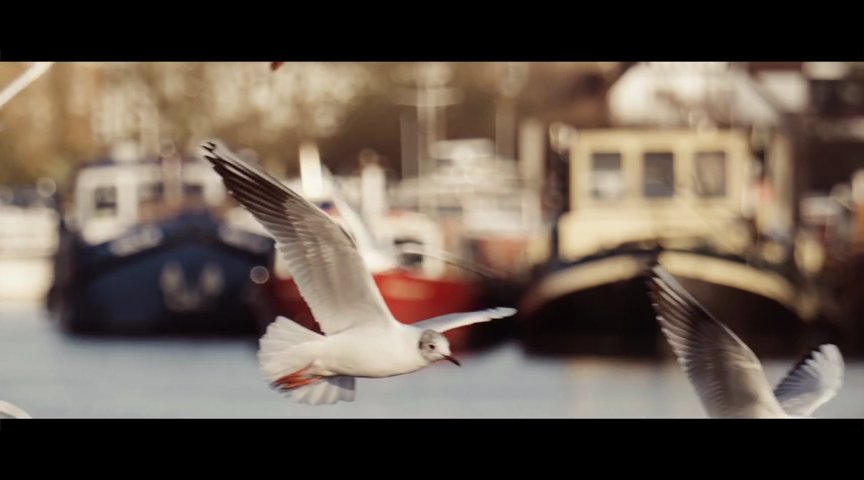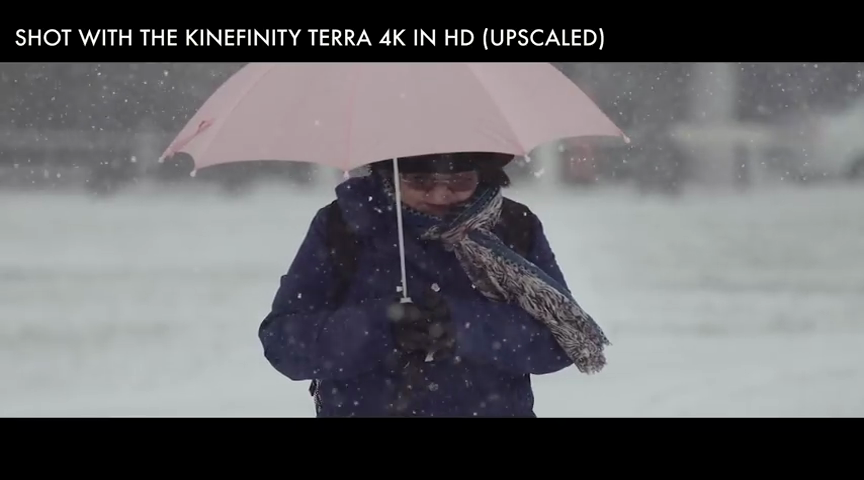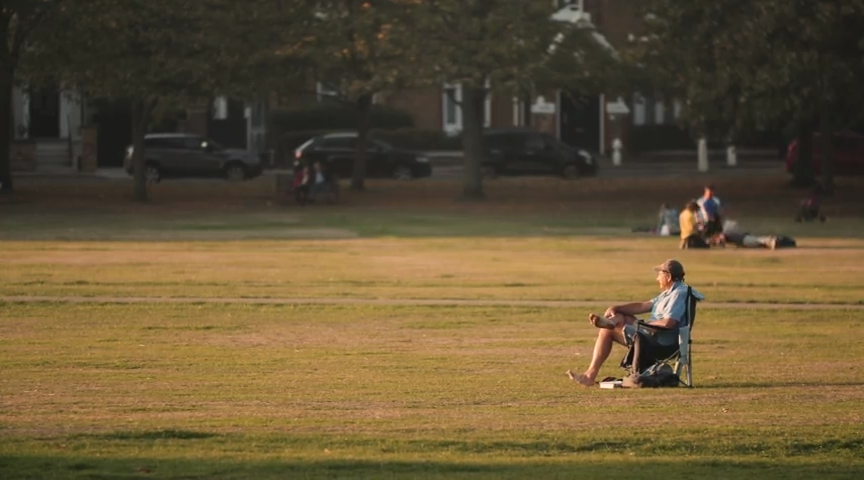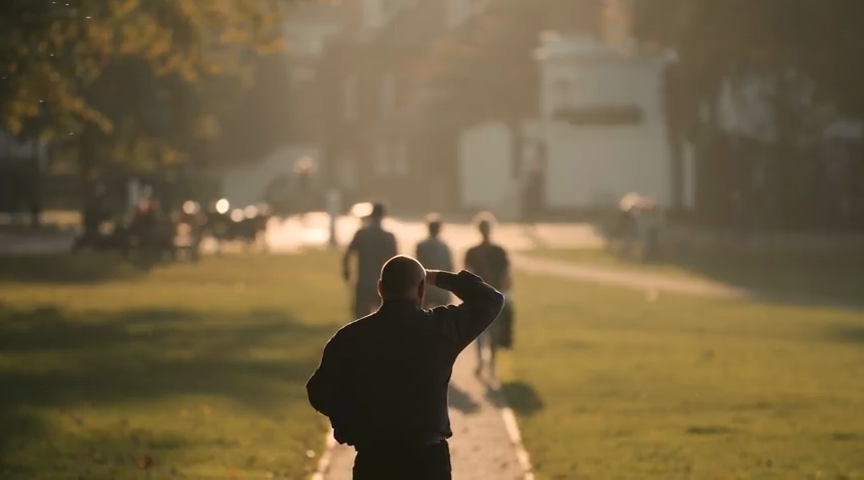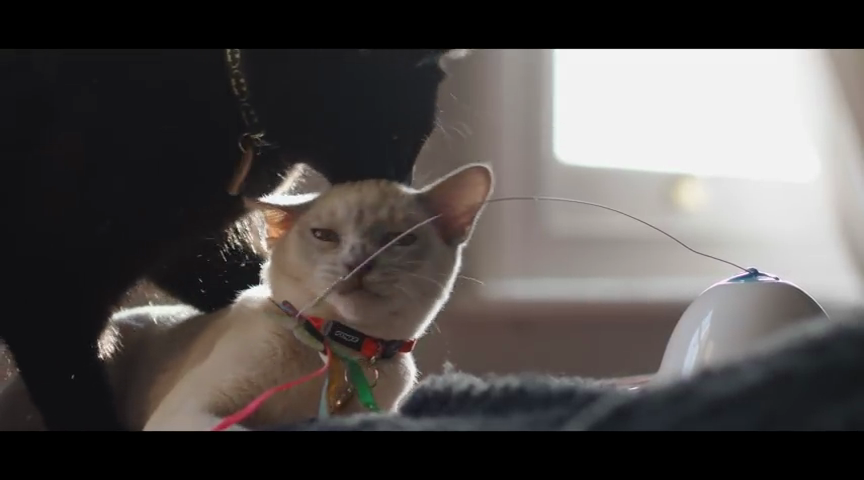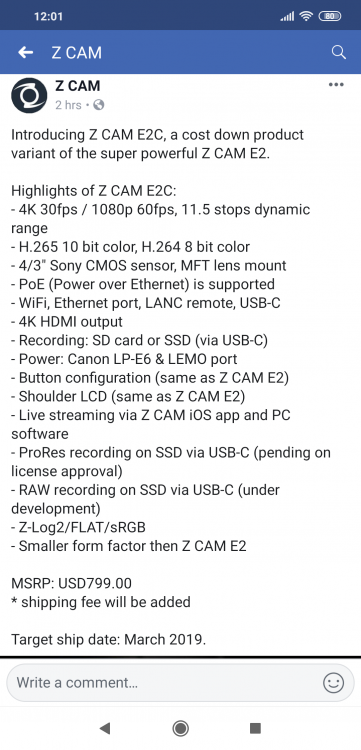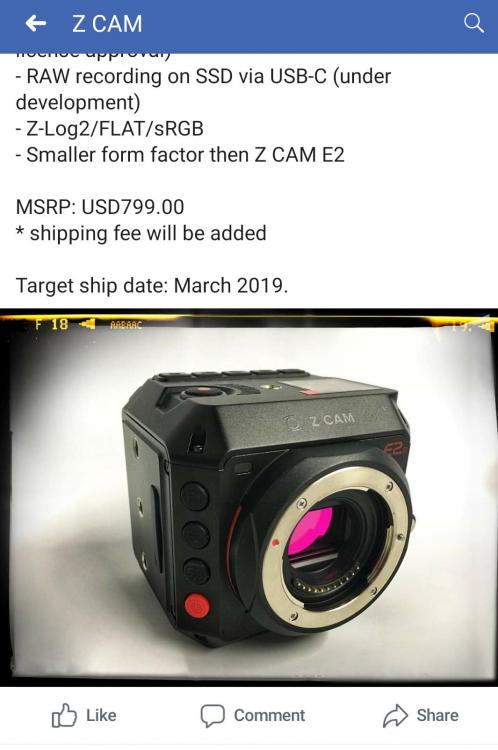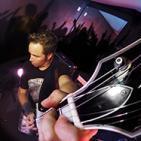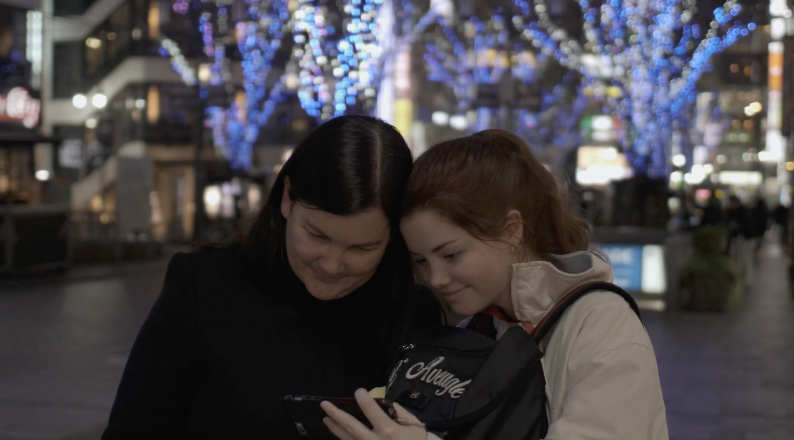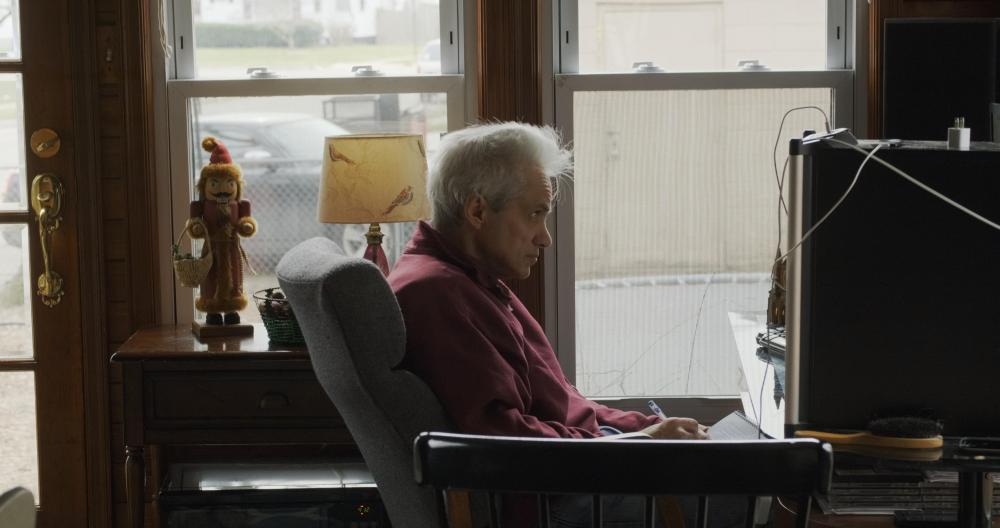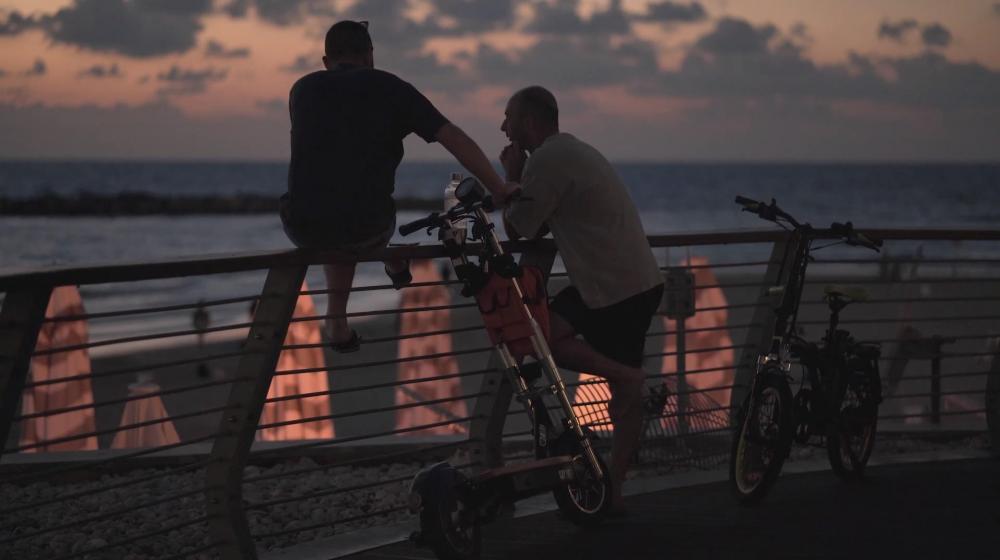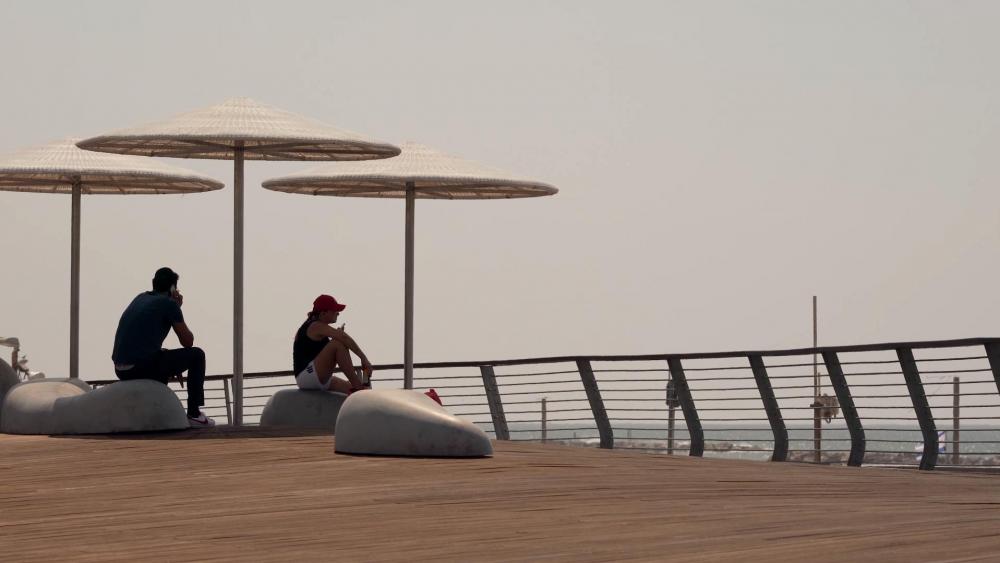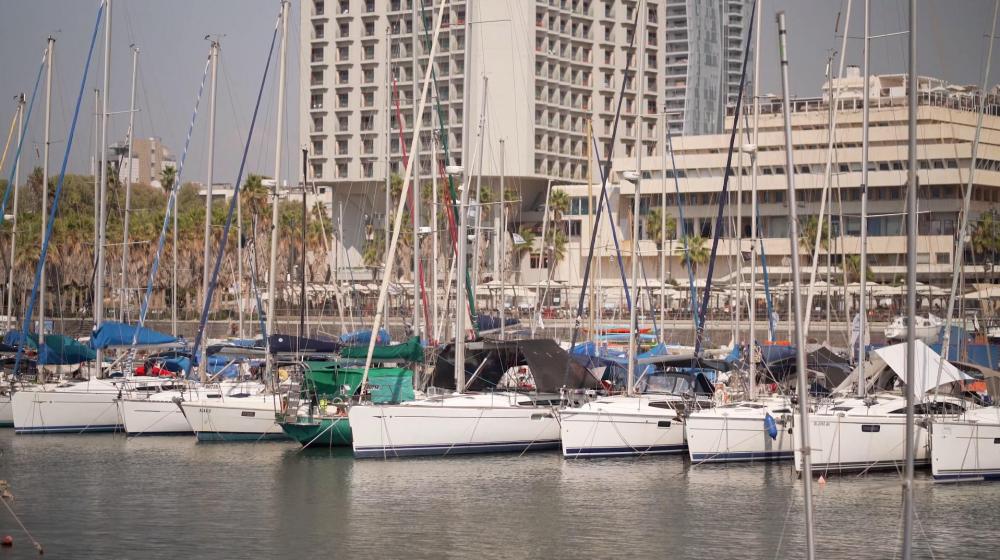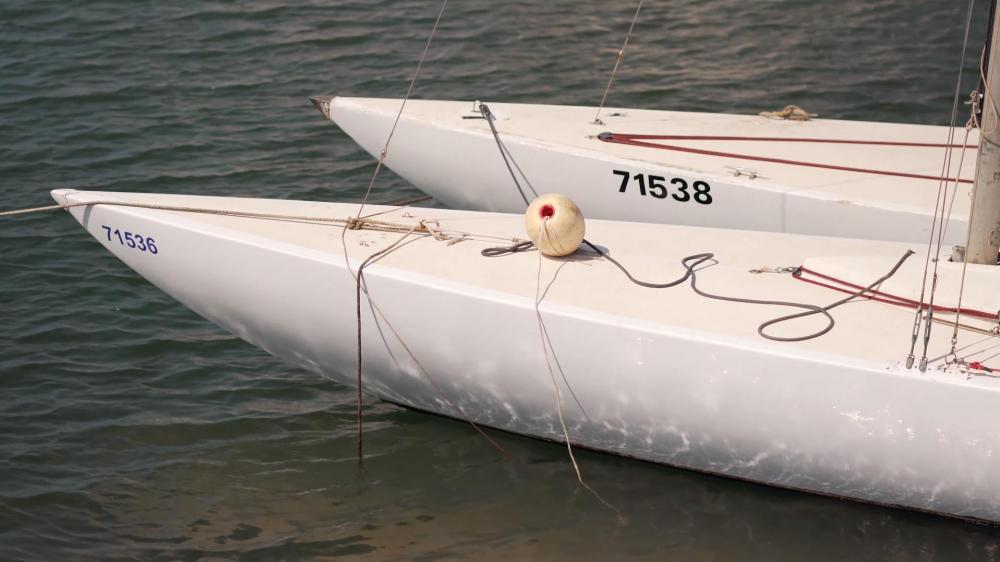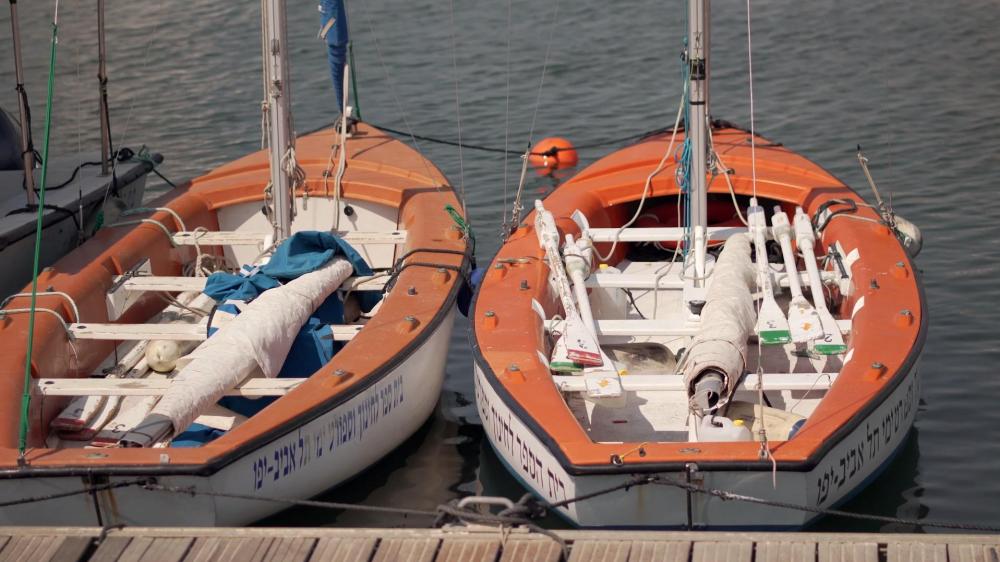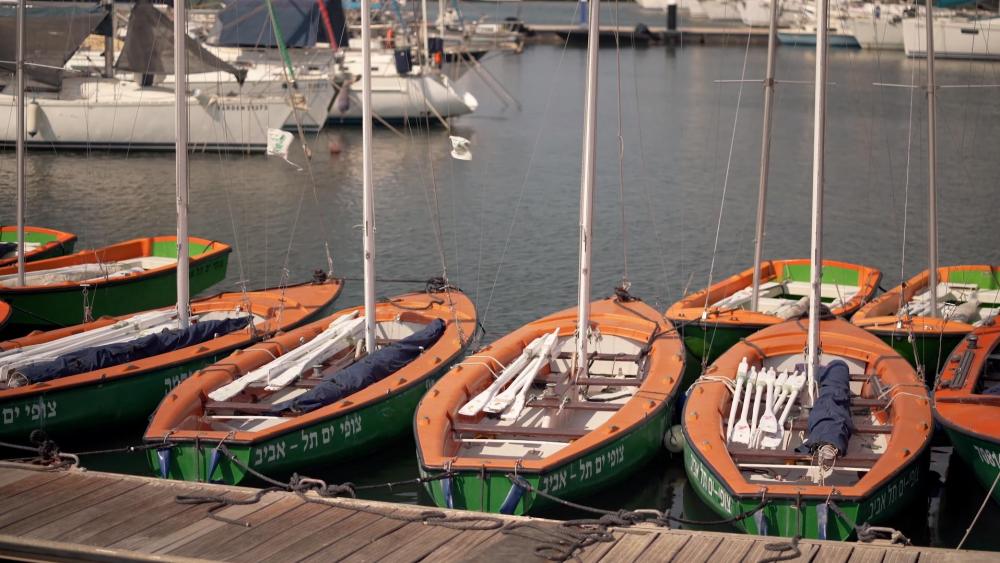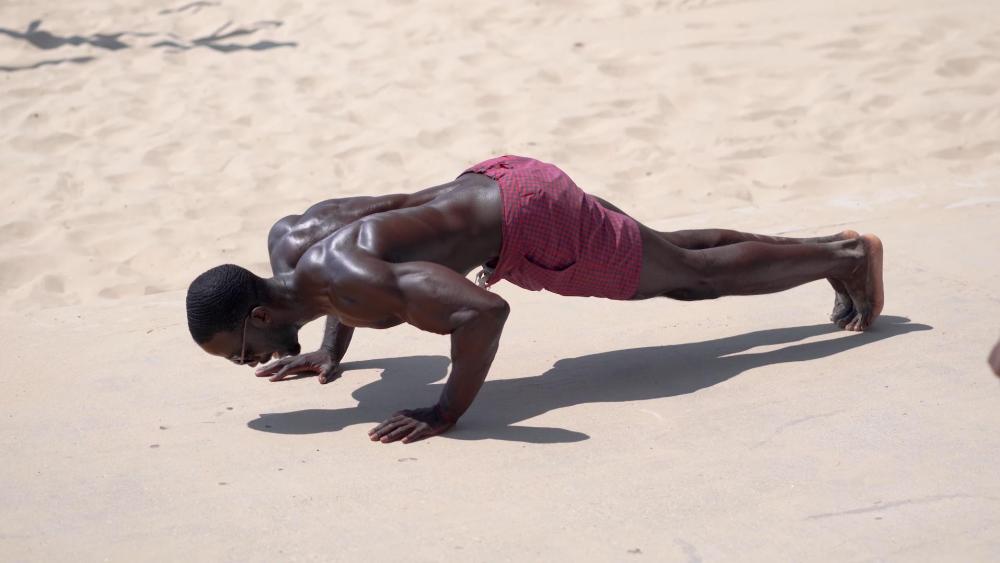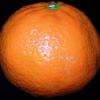Leaderboard
Popular Content
Showing content with the highest reputation on 12/30/2018 in all areas
-
Pairing the Pocket 4K with some good vintage glass is pretty blissful. There's been a lot of talk about how it looks more digital and modern than the previous BMD cameras - and yeah sure, I guess it's not as organic and grainy as the 2,5K. But throw on some c-mount glass or a speedbooster and old Pentax stuff and the camera sings. Haven't used it with this kind of setup on a production yet, (it's playing second fiddle to the Ursa Mini and been on a gimbal on about half a dozen shoots now) but I'm just having a lot of fun taking it on a walk and just taking some throwaway nature shots. It's something I used to do back when I used the 5DMK2 regularly, and I'm happy it has revitalized that habit again. This was taken with the speedbooster and a Pentax 35/2.3 M42 lens on a cool winter afternoon. One of my favourites due to the very distinctive, oil painting-kinda way it renders out of focus areas and the transition between them and in-focus areas.6 points
-
I'm going to share some insight with you. After using the Z6 some more... under very controlled conditions, I can reveal the following: when it nails the shot, if you are close to the subject... within two or three feet, and if you are shooting at f1.8... to let the light in, it can be distracting. Why? Because in all honesty, the DOF is just too shallow. So much so that the entire face of a subject cannot be in focus. The solution to this is to stop down. But this means sacrificing the blurred backgrounds and giving up any lowlight advantage that may have been gained by shooting full frame. While shallow DOF works for still images, when used in situations where the subject is moving it quickly becomes a distraction. It makes it hard to draw the viewers attention to the subject matter, as the focus is just too narrow. You end up directing their view to eyelash vs eye, as opposed to face vs hand. I find myself stopping down to F4 to kill the effect. But then you can say bye bye to any lowlight advantages. I think there is a reason that the vast majority of productions are shot with S35. Let's not kid ourselves into thinking it's because these production houses are somehow "unaware" of full frame... or that they could not afford to shoot full frame. The reason they don't shoot full frame is because they don't want to... plain and simple. They understand that the DOF is too distracting... so it hurts the story... and everything is supposed to support the story. That is after-all the whole point. The production only exist to tell the story. They also know that any field of view advantage of shooting full frame is irrelevant if they are shooting with anamorphic lenses... which is always an option when you have a real budget. I'm going to post a quick video that is an attempt at some cinematic shots... again comparing the Z6 to the 1DXMk2. It was not my intention to demonstrate the difference that the shallower DOF produces, and truthfully, at first I didn't notice it. I only saw the bokeh. But once you see it... you just can't unsee it. Like many here I'm trying to learn and understand the art of story telling. So this has been very enlightening for me. While I believe FF may have its place for use in cinema, I suspect it's not a look that most are going to embrace as their mainstay.3 points
-
Every cam has its limitations but yeah if it's a Canon it's gotta be a "bug" and if you enjoy the cam then you're either a "shill" or an apologist. SMH. Sony cameras overheat, their codecs max out at 100mb with no Intra or 10-bit out options, zombie colors and have poor weather sealing. Nikon Z has no internal log & average to poor AF system. XT3 has no IBIS, no FF stills & poor battery life. GH5 poor low light, bad AF, small sensor..etc. No camera is perfect, pick your weapon(s) of choice and make the most out of it.2 points
-
There are many professional DOPs out there and I believe there is much we can learn from studying their work. However, it can be difficult to gain insights if you can only study their work when each project has been created in partnership with a different team of people each time - lighting, shot design, camera and lens choices, grading, etc are all aspects that the DOP doesn't have full control over and makes it hard to 'see through' to the commonalities that the DOP provides. There is one notable exception to this, and that is Philip Bloom, who regularly creates videos as a one-man operation and shares them on YouTube. I'm not suggesting that he's the best DOP in the world, or that we should copy him, or anything like that, but he is a career professional, and I'm not afraid to admit that he knows more about this stuff than I will ever know, so I believe there is a lot we can learn. He recently published his annual Best Camera Gear video, and I made a number of interesting observations from watching it. Here are a bunch of frame-grabs from the video. A7RIII with SLR Magic A7III with Sony 55mm Parrot Anafi drone DJI Magic Pro Fuji X-H1 EOS-R (ungraded) Insta360 One X Osmo Pocket (ungraded) Kinefinity Terra 4K BMPCC4K Kinefinity Mavo LF Here are some observations from the above shots: There is a look that is relatively consistent across the shots. It's not applied so heavily that every shot looks the same, but people familiar with his work would have a good chance of recognising that these were shot by him. Something that is worth noting is that he's managed to get this consistency from a hugely varied selection of equipment, including different brands, different focal-lengths, different apertures, hugely different price ranges, and from different levels of image quality and codecs, across different locations within different countries, at different times of day, in different seasons, and shooting different things. He's not able to get that look in all cases. One notable exception is the Insta One X that doesn't seem to fit the look, everyone has limits on what they can achieve. Equipment doesn't matter as much as the skill of the operator, but it still matters to a certain degree, and especially if the equipment is below a certain level of quality or capability. The look that he's creating is quite pleasing. It won't be liked by everyone (no looks are universal) but on the whole he manages to get good looking results from whatever equipment he's using. Anyone who has picked up an even half-decent camera and not been able to get good results from it knows that this is not something that just happens - you have to know what you're doing. So, what are the ingredients of this look? (note that not every shot includes every ingredient, but the more you can include the more consistent your results will be) The images have a warm colour balance. There are two main contributors to this that I see, the first is the grading he does which often warms the images overall, pushing greens towards yellow, pushing blues towards aquas. The second is that he's very often shooting into the sun in golden hour. The shots also tend to have fewer hues in each shot - making them more likely to be harmonious and pleasing. The images have a kind of controlled level of contrast to them. You don't look at them and find them flat looking, but they don't look super contrasty either. This look probably comes from paying attention to the blacks and almost blacks, which are slightly lifted and don't ever appear to hit absolute black, let alone crushed. This look seems to come from shooting directly into the light and having camera flare lift the blacks, but is also controlled in grading. His images have a kind of controlled level of saturation to them. Colours are bold but not electric, skin tones are very well controlled looking soft but not desaturated and are neither too yellow nor too pink. Considering all the talk about colour science and skin tones, this is noteworthy. His compositions are strong. I chose nice frames for these frame-grabs but there were no shortage of frames to choose from. Composition is hugely important and is free with every camera - even with the Insta360 which struggles in most other ways. He uses great lenses. This is perhaps something that people easily mis-interpret. Great lenses is a relative term, and is about the combination of the lens, the subject, the conditions, and the desired end result. It's tempting to think that you'll get great results from super expensive cinema lenses that he often uses, but the smooth rendering and polished look of these lenses is a terrible choice if you want to shoot something that needs a more realistic / edgy / gritty image, and besides, if it was all about cost, then how do we account for the image that he gets out of the Osmo Pocket with its fixed budget lens, or the Parrot and DJI drone shots? The answer is that he uses high quality glass when he can, and when the glass has limitations he adjusts the subject and the conditions to get the best out of that lens. In a sense, these videos are cheating. He is able to shoot whatever will look good and not include the shots that don't. If you don't believe me then go have a look at the lovely images he got from the iPhone 5s at 120fps and notice that he only shot images looking straight into the sun near sunset, this is because a camera with bad ISO performance, a small sensor, in HFR modes needs a huge amount of light to get good results, then see that he tended to shoot with things very close to the camera which is the only way to give some defocussing and depth, and shooting into the warm setting sun also makes sure that the colours will be nice and the colour range will be simpler. He uses great glass by making sure that he only shoots what the available glass is great at. Not visible in the frame-grabs, but he also shoots a lot of slow-motion. It is totally cheating and is completely over-used, but these shots are about making nice images, so why not. Im sure there is lots more, but this is what stands out to me. Let me know what I missed. As there is a graded shot of the BMPCC4K in the video and he posted the RAW file from the same shot earlier in the year, it gives a unique opportunity to try and copy the grade and see what is actually going on, so if I get time I might try and reverse-engineer the grade. If so, I'll share the results. Thanks to Philip Bloom for continuing to share with us.1 point
-
It does work with the x-t3 as far as supporting the weight, but depends on the lens. The 14mm and the 35mm 1.4 work fine. The 23mm 1.4 works ok if you are careful. The 10-24 is about the weight limit and works just ok as long as you don't move to fast or use the vortex mode. I'm also using it with my 6dmkii and it works with the 40mm pancake lens. The reason I like it is it's light for travel, but you just have to be aware of the weight limitations for heavy setups.1 point
-
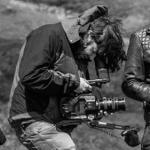
My quick EVA1 mini review
newfoundmass reacted to Oliver Daniel for a topic
Some more observations.... 1. The noise in 2.8k sensor mode for 2K 120fps in VLOG is crazy! Could be user error though as I didn’t black balance. Will test more. 2. Footage feels much smoother and distinct compared to GH5. Colours suddenly look a lot more dull on GH5. Saying that, the GH5 holds its own. 3. White balance temp response seems off. Different to GH5 results in same situation. Maybe user error. Test more. 4. Think you must use the garbage LCD to operate playback. Hope I’m being dumb and there is a manual way. The LCD doesn’t deserve to be on this camera in any way. I’m knee deep editing the project and will share once released!1 point -
Z Cam E2 will have ONE HUNDRED AND TWENTY FPS in 4K??
webrunner5 reacted to KnightsFan for a topic
There you go! And you get to feel like a secret agent every time you use it.1 point -
Z Cam E2 will have ONE HUNDRED AND TWENTY FPS in 4K??
Emanuel reacted to AlexTrinder96 for a topic
Tbf to Z cam, the Terra 4k is double the price of the e2...1 point -
Z Cam E2 will have ONE HUNDRED AND TWENTY FPS in 4K??
AlexTrinder96 reacted to mercer for a topic
The E2C could be good. I wish they decided on 4K 60p or 1080p 120p but for $799 with ProRes and Raw out of the SSD/USB-C... I guess who can complain. Hopefully, the h.265 will be all-i at a decent bitrate.1 point -
1 point
-
@webrunner5 @mercer As you see I am not alone on my findings... how could I be claiming them as universal truths then? ; ) Just to not be accused to be trolling over this thread, here we go with some combo to invariably point out the proof is in the pudding: "Z CAM E2 4K H.265 120fps to 25fps Shot in ISO 160, 180° Shutter Zlog2 Graded with Zcam colour, Lumetri Color and Film convert. Other equipment includes: DJI Ronin MX Sigma 18-35mm f1.8 Art with Metabones Wide open Tiffen Black Pro Mist 1/4 CineMorph Mod Filter for anamorphic effect SLR Magic Variable ND Tilta Nucleus-M Wireless Follow Focus System" source: vimeo page1 point
-
If i were you, a 1DX2 & C200 owner.. i'd definitely pick EOS R over Z6 as your mirrorless C-cam. No brainer even. I think you will find this video test very relevant & informative: Regarding AF i must agree with him that the transitions aren't as smooth as on C line (or 1DX2) but accuracy and low light AF performance is on par if not better. IQ wise EOS R provides a very high bitrate ALL-I codec which results in a nice thick image consistent with 1DC/5D4/1DX2. Rolling Shutter is imo its biggest caveat.1 point
-
1 point
-
Blackmagic Pocket Cinema Camera 4K
Emanuel reacted to Jim Giberti for a topic
The camera has arguably the best interface available in a small or large camera and it's incredibly fast to use on set or on the move. 4k ProRes HQ is pretty ideal and we edit it remotely on macbooks all the time. People who are actually using it seem to be pretty much blown away by both the camera and it's IQ.1 point -

Auto Focus Testing Canon 1DXMK2 Vs Nikon Z6
frontfocus reacted to DBounce for a topic
Funny the thumbs down with no comments. Truth must hurt? Some idiot actually tried to get that video removed from YouTube with a phony copyright violation claim. Unfortunately for them, it was cleared by YouTube.... but hey, nice try. Honestly, I wanted to love the Nikon for video, but in practice it’s AF is weak, in both stills and video. The competition has improved... the X-T3 beats the Z6. The Sony performs better than the Z6 under most conditions... but nothing comes close to the 1DXMK2; it can actually hold focus better than is humanly possible.1 point -
In relation to the Voigts being soft at f0.95, that's definitely true, but I would still choose to have them be able to do f0.95 rather than only be something like f1.4 but remain sharp. The advantage of the extra aperture is useful for multiple reasons. I shoot in completely uncontrolled conditions, and so have to make do with whatever lighting is available, and in low-light there's many times I looked into the viewfinder and saw a dark image with muddy lifeless colours and the focus peaking highlighting the auto-ISO noise in the shadows, but then I start opening the aperture dial and the ISO noise goes away, the image lightens up, the colours clean up, and by the time that I hit the limit at 0.95 I am so happy that the lens can gather that much light that I don't care that the focal plane will be a little soft. I like to be able to use aperture to control the attention of the viewer by focusing on what is important in the shot and to slightly blur the things that aren't important in the shot. This is a fundamental of composition I think. It also helps to create some depth in the image and escape that flat video look that people don't like (otherwise we'd all be using handicams and this forum wouldn't exist). Any lens is capable of blurring the background if the subject is quite close to the camera and the background is much further away, but in my travels I sometimes want to blur the background a bit when the subject is a bit farther away from the camera and closer to the background. In normal circumstances you might just ask people to move, you might move the camera closer, or you might put on a longer focal length lens, but often I don't have the luxury of being able to do any of these, but I can just move the lens past the 1.7 or 1.4 maximum aperture of other lenses and get the job done with a simple adjustment. There are also rare occasions where you want a greater than normal background blur for artistic effect. This goes beyond the blur you would want just to control attention or to add some depth to the scene. This could be used for highly emotional scenes, scenes depicting a POV with altered perception (half-asleep, drugged, the view of a baby, etc), but normally this is a night shot where you want to have pretty lights in the background. This shot that I took a few weeks ago is a combination of all of the above - low-light, subject further away, no time to change lenses or move closer, and I wanted the background Christmas lights to look wonderful. It's basically ungraded, but illustrates the points I think.1 point
-

X-T3 F-Log vs. HLG comparison
Mark Romero 2 reacted to webrunner5 for a topic
Wow that looks nice. Just about a perfect exposure.1 point -
X-T3 F-Log vs. HLG comparison
Mark Romero 2 reacted to thebrothersthre3 for a topic
1 point -
Picture profile/HLG It is preferable to use a preadjusted profile like Cine D when using 8bit. Too much post on 8bit vlog can produce colour artifacts. If using 10bit then whatever you want.1 point
-
My quick EVA1 mini review
GreekBeast reacted to Mark Romero 2 for a topic
Which is why I vote for owning BOTH!!!0 points -

EOS R official video specs discussion
Kubrickian reacted to IronFilm for a topic
I prefer this version:-1 points




